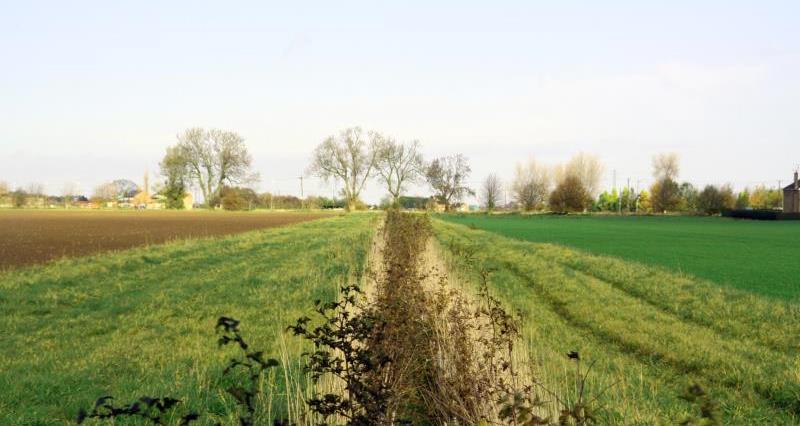What
Where soil erosion occurs (e.g. on steep slopes on light soils or natural drainage pathways which channel run-off water), convert the affected area to permanent grassland.
Why
This is an effective way of reducing the loss of your soil and protecting watercourses from sediment and phosphate pollution. Well-managed soils are important, not only for the environment but also for your business.
How
- Autumn (August/September) is the best time to establish in-field grass strips. If there is a heavy weed burden, spray with a herbicide such as glyphosate or glufosinate before cultivation.
- Create a dense grass sward by natural regeneration or sowing a native grass mix. Remove any compaction in the topsoil if you need to create a seedbed.
- Cut regularly in the first year to control weeds and encourage tillering, and subsequently cut as infrequently as possible, and no more than once every three years.
- Cutting on rotation in March should minimise the risk of run-off and may provide nesting opportunities for birds and bumblebees.
- Do not apply any fertilisers or manures.
- Do not use the grass area for regular vehicle access, turning or storage as this can cause soil compaction.
